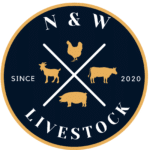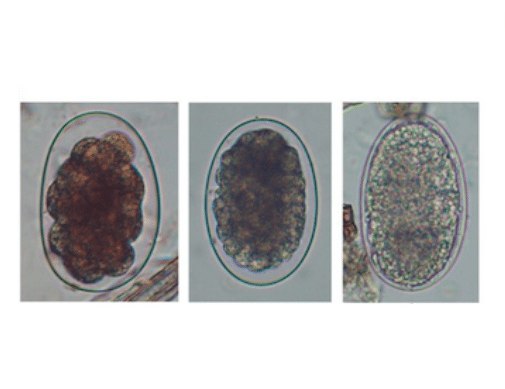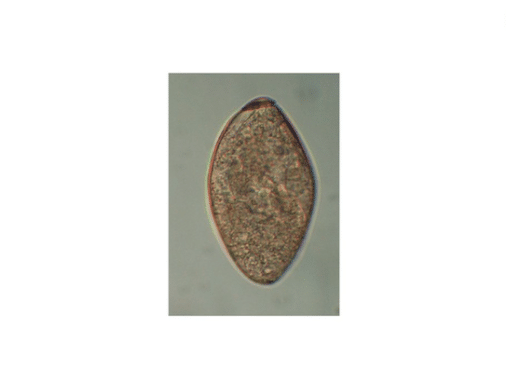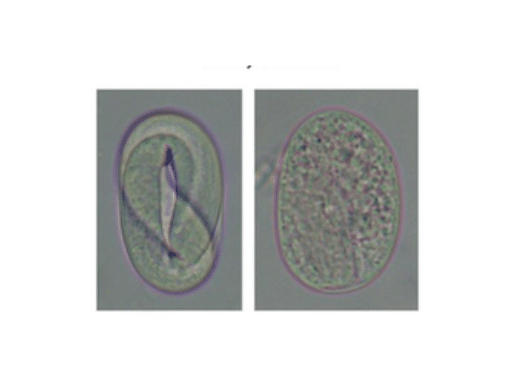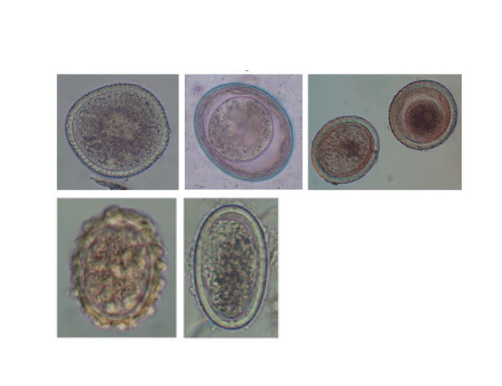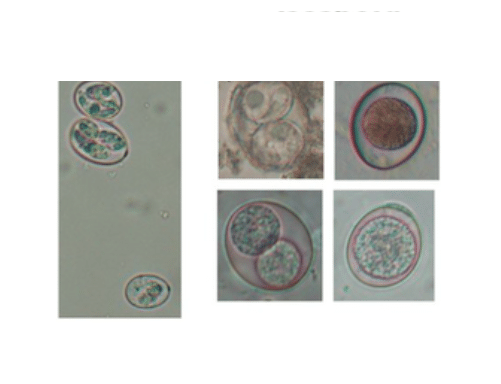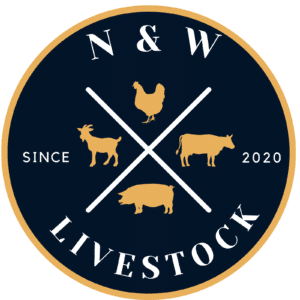HOW ARE THE TESTS PERFORMED?
The McMaster technique uses a special counting chamber which enables a known volume of faecal suspension (0.30ml) to be examined microscopically. If a known weight of faeces (2g) and a known volume of flotation solution (28ml) are used to prepare the suspension, then the number of eggs per gram “[EPG]” of faeces can be calculated.
Below are examples of parasitic eggs however not all of these parasites can be detected with the McMasters test. In some cases a variation of testing techniques and larval cultures may be required.
To learn more about the typical lifecycle of parasites Click Here.
TREATMENT PLAN
GENERAL TREATMENT ADVICE
The below table provides a general guideline as to when treatment may or may not be required. In certain circumstances a low EPG may require immediate attention dependant on class of parasite and other clinical signs e.g. Low Famacha Score.
Strongylid, Nematodirus, Strongyloides Detection:
- Under 200 EPG = Negative or Very Low Worm Burden – No need to worm
- 200- 500 EPG = Low to Moderate Worm Burden – (Suggest horses in this category are wormed)
- 500 – 1200 EPG = Moderate Worm Burden – Drench Probably Required (Seek Advise)
- Over 1200 EPG = High Worm Burden – This level of worm burden requires attention.
Coccidia Detection:
- Low Level – No Action Required (Monitor and Retest in 6-8 weeks)
- Moderate Level – Consider Treating (Seek Advise)
- High Levels – Treatment is required urgently.
*** It’s important to note that N&W Livestock is not a veterinary service ***
While we excel in offering essential support, we do not provide diagnostic services or engage in restricted acts of veterinary science. Our focus remains on empowering you with the skills and knowledge needed to raise healthy and happy animals.
PARASITE CLASSES
The “class” of parasites seen will provide suggestions as to the type of treatment that may be required.
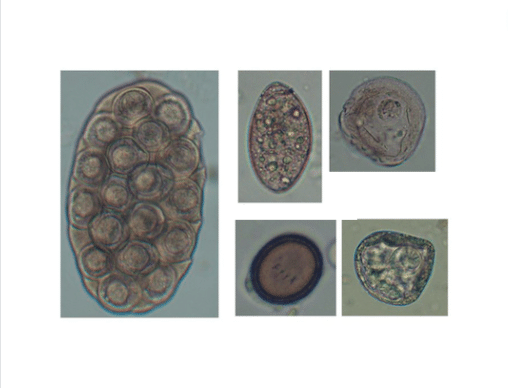
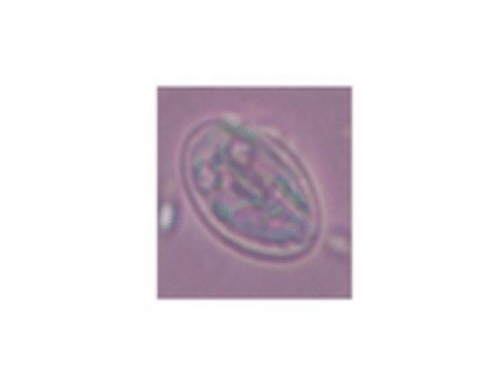
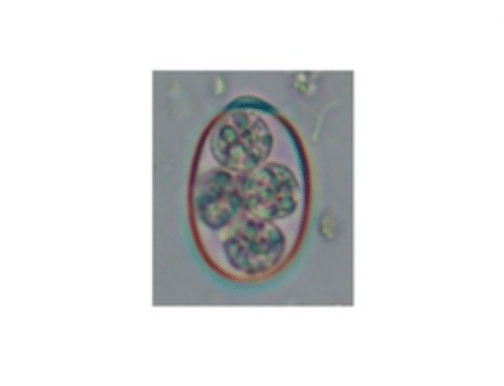
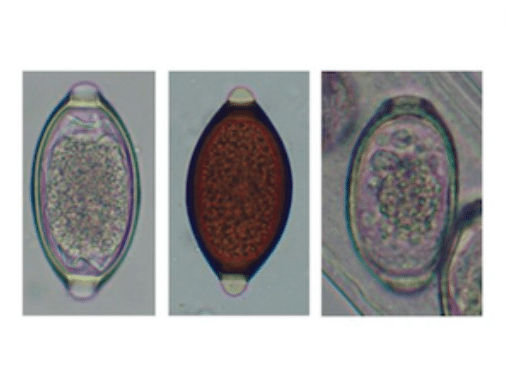
A Natural Alternative
For small scale hobby farms with a few different animals we absolutely love this product.
Livamol with BioWorma is a nutritional supplement containing the natural biological control, BioWorma, that captures and consumes infective worm larvae (including chemical resistant/anthelmintic multi-resistant larvae) within the manure of grazing animals.
Livamol with BioWorma will begin to work immediately within the manure of treated animals, and for best results may be fed continuously when climatic conditions are conducive to BioWorma and parasitic nematode activity.
Faecal egg counts (FECs) may be useful to monitor the effectiveness of the worm management strategy. Other options may include faecal egg count reduction test (FECRT) and/or identifying worm species by using faecal larval cultures (FLC).
-
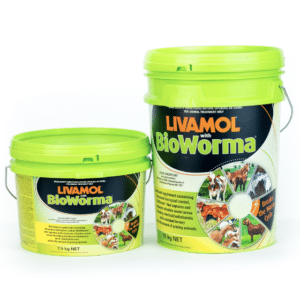
Livamol with BioWorma
$134.95 – $214.95 Select options This product has multiple variants. The options may be chosen on the product page
LIVESTOCK DRENCHES
The advice on when and how to drench livestock has changed. Routine drenching is discouraged. It is recommended that routine testing be conducted and treatments given only when required. Drench resistance is a GLOBAL now a problem.
-
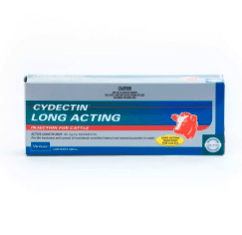
Cydectin LA Injection For Cattle
$465.00 – $1,119.99 Select options This product has multiple variants. The options may be chosen on the product page -
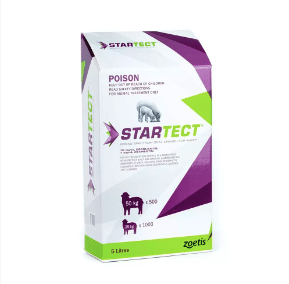
Startect Oral Drench – 5L
Rated 5.00 out of 5$799.00 Select options This product has multiple variants. The options may be chosen on the product page -
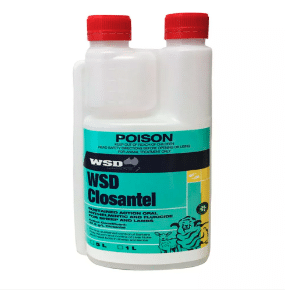
WSD Closantel Sheep Drench
$115.00 Select options This product has multiple variants. The options may be chosen on the product page -
Sale!
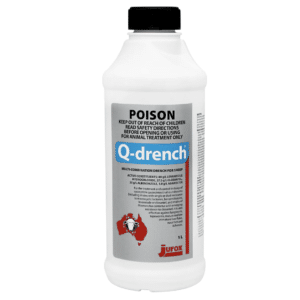
Q-Drench for Sheep
Rated 5.00 out of 5$133.00 – $635.00 Select options This product has multiple variants. The options may be chosen on the product page
To view our full range of Livestock drenches click here.
HORSE WORMERS
The standard practice of worming horses regularly is outdated and dangerous. It is no longer recommended to routine worm, instead it is recommended to routine test and worm ONLY when required.
-
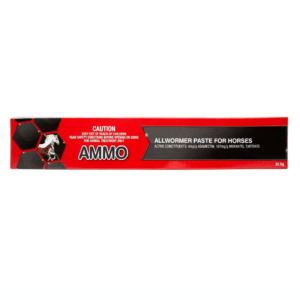
AMMO Allwormer Paste For Horses (Peppermint) 32.5g
$18.27 Add to cart -
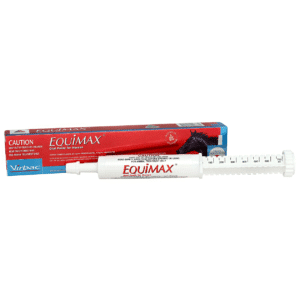
Equimax Oral Wormer Paste for Horses 35mL
$19.60 Add to cart -
Sale!
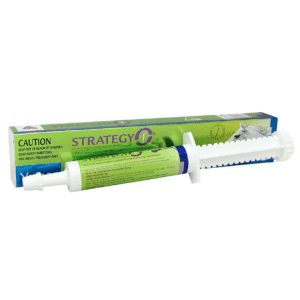
Strategy-T Worm Broad Spectrum Wormer for Horses
$24.25Original price was: $24.25.$21.95Current price is: $21.95. Add to cart -
Sale!
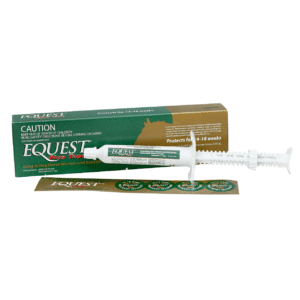
EQUEST Plus Tape For Horses
$24.65Original price was: $24.65.$21.95Current price is: $21.95. Select options This product has multiple variants. The options may be chosen on the product page
To view our full range of Horse Wormers click here.
COCCIDIA TREATMENTS
Coccidia, a member of one-celled (protozoan) parasites, is at low levels is no cause for concern. The problems arise when an animals health is compromised such as parasite burdens, pregnancy & stressful events. This can now be fatal.
-
Sale!
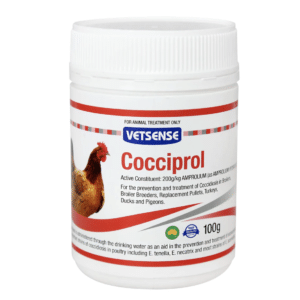
Vetsense Cocciprol
$22.95 – $99.95 Select options This product has multiple variants. The options may be chosen on the product page -
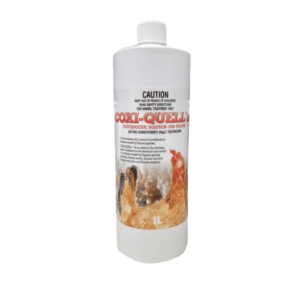
COXI-QUELL™ 25 Coccidiocide Solution for Poultry
$192.90 Select options This product has multiple variants. The options may be chosen on the product page -
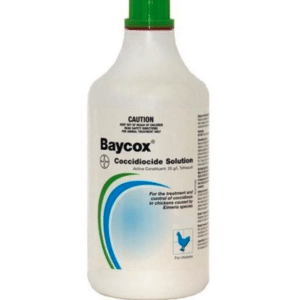
Baycox for Poultry
$295.00 Select options This product has multiple variants. The options may be chosen on the product page -
Sale!
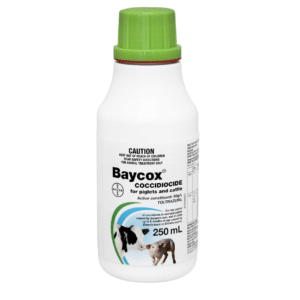
Baycox for Piglets and Cattle
Rated 5.00 out of 5$165.50 – $442.50 Select options This product has multiple variants. The options may be chosen on the product page
To view our full range of Coccidia Treatments click here.
FAECAL TESTING EQUIPMENT
The technique used to identify worm egg counts isn’t difficult, with the correct equipment anyone can do it. A microscope that is capable of 100x magnification (10x objective x 10x eye piece) with a mechanical (movable) stage is key.
-
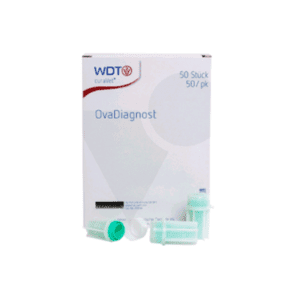
Curavet OvaDiagnost Faecal Diagnostics Kit
$3.00 – $75.95 Select options This product has multiple variants. The options may be chosen on the product page -
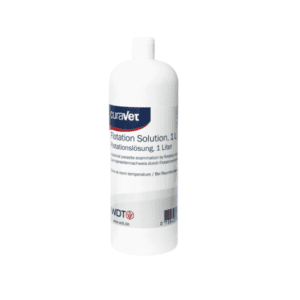
Curavet Flotation Solution 1ltr
$76.25 Add to cart -
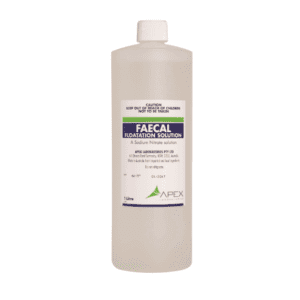
APEX Faecal Flotation Solution – 1L
$132.95 Add to cart -
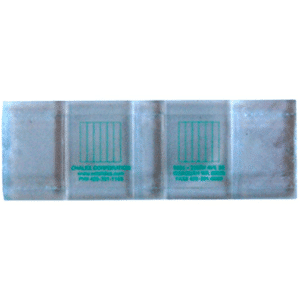
Microscope Slide McMaster (Green Grids)
$79.90 Add to cart
To view our full range of Horse Wormers click here.

-
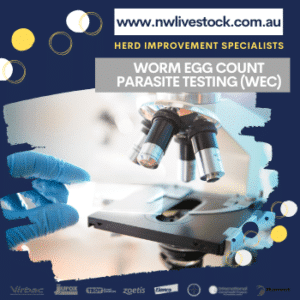
Worm Egg Count WEC Faecal Test
$25.00 Select options This product has multiple variants. The options may be chosen on the product page
